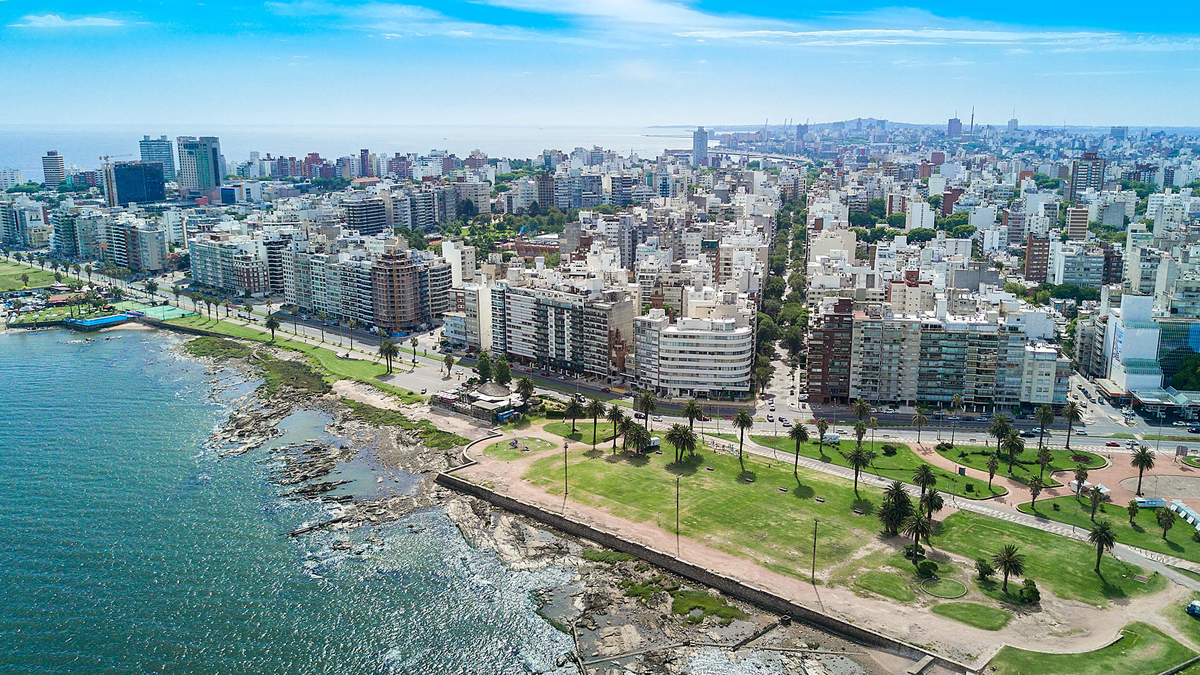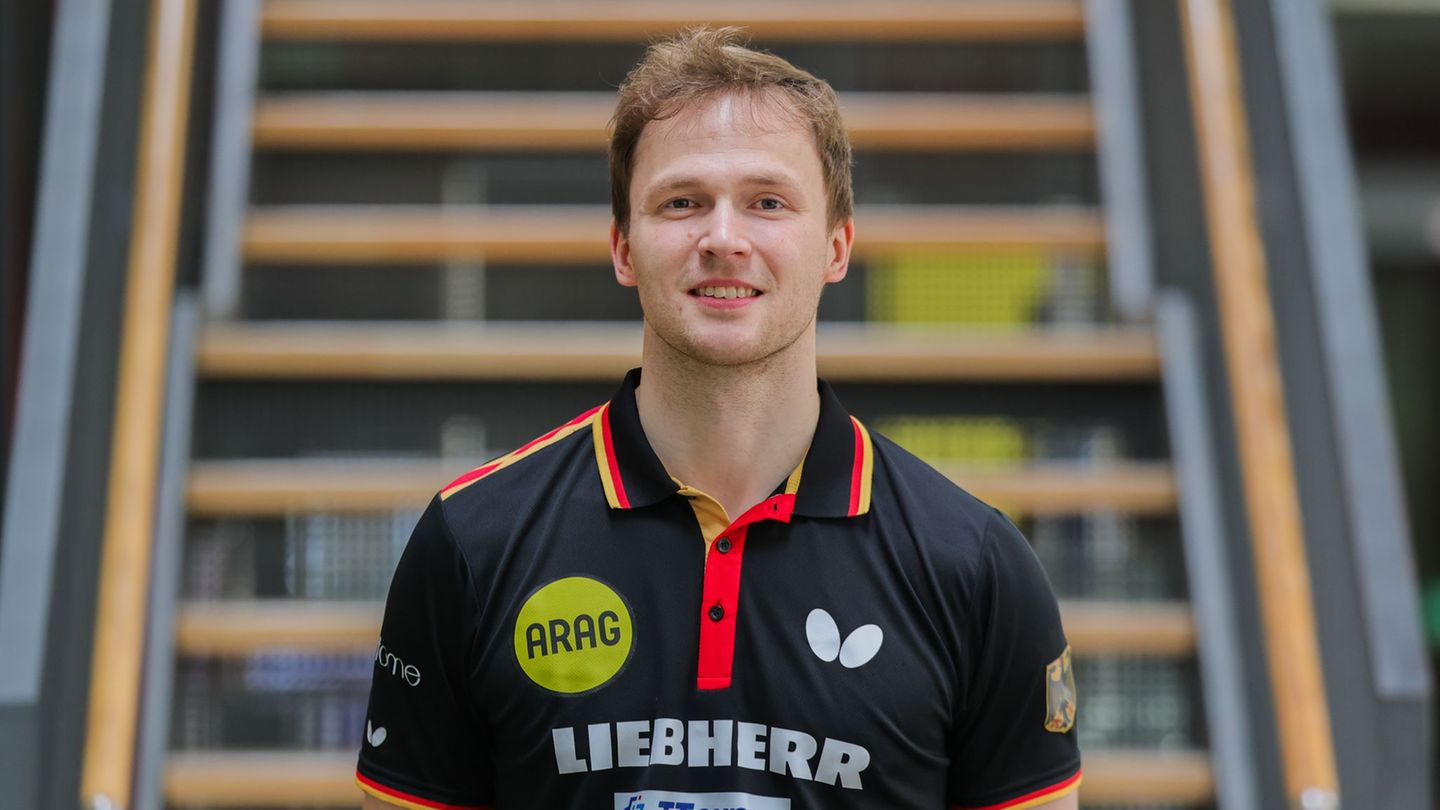“Smart cities It is a concept that transcends Montevideo and transcends Uruguay”he explained Maria Noel Sanguinettirepresentative of Expo Innovación, which runs until Friday at the Montevideo Municipality and where 100 innovation and urban planning projects are presented where new technologies are protagonists.
“Smart cities is a concept that has been installed in which the technology It is a transversal axis for the construction of cities as a way to improve people’s quality of life. It has to do with the development of technological solutions and the application of technology, whether applied to mobility, networks, information, data, in such a way as to generate solutions that address specific problems,” Sanguinetti explained to Ambit.
Regarding how the municipal government operationalizes the project, Sanguinetti said that “the Municipality of Montevideo It has a division that was previously thought of as the Technology Division, which later grew, managing information and developing many applications and projects.” “What has been installed is the concept of Montevideo Smart City, because a smart city is not only enough with the participation of the Municipality or organizations, but has to do with the participation of the public, companies, private and citizen in that interaction,” he added.
The country and the capital have strengths for the implementation of these mechanisms, according to the economist. “Uruguay It has several things that position it better in terms of the region. It has a very good level of technological infrastructure and connectivity and then it has many possibilities and many developments that allow it to be a model,” Sanguinetti concluded.
The region and underdevelopment
Within the thematic tables the economist Luis Portoprincipal advisor in Strategy and Organizational Development of the Organization of American States (OAS)spoke this Tuesday about industrial policies for smart cities and focused his presentation on what was observed in several cities on the continent.
“The problem is that today we are all concerned with the weakness of the growthparticularly in Uruguay. One walks Latin America and what he finds is the development in ABCD, the Latin American underdevelopment found in the cities,” he said.
Porto detailed: “The A for agglomeration of people and vehicles, in all the cities of Latin America and also in Uruguay. The B of bustle, noise pollution everywhere. The C of pollution, not only sound, but also linked to the industrial component. And the D of inequality”.
For the OAS expert, “we are experiencing a true dystopia”. “Thanks to this industrial revolution, with very little, nanobots are going to be invented that will allow people to live to be 120 or 130 years old and on the other hand we have young people who die at 20 years old,” he exemplified.
Optimistically, Porto considers that the smart cities They can help “correct” this. “If you build a technological platform to capture population behavior data with sensors, cameras and robots, with drones that capture information on how people behave you can carry out policies or interventions to reduce crowding and improve urban mobility.”
“But it can also, by knowing people’s behavior, encourage the use of new applications and new technology for the development of new products and new activities that rebuild the social fabric and combat inequality,” he concluded.
Source: Ambito




